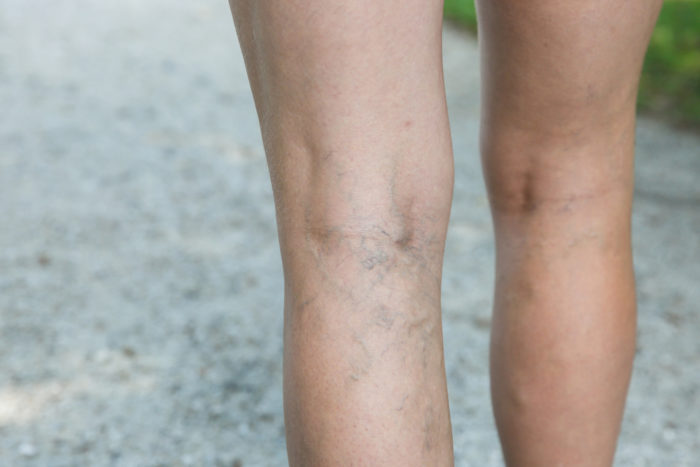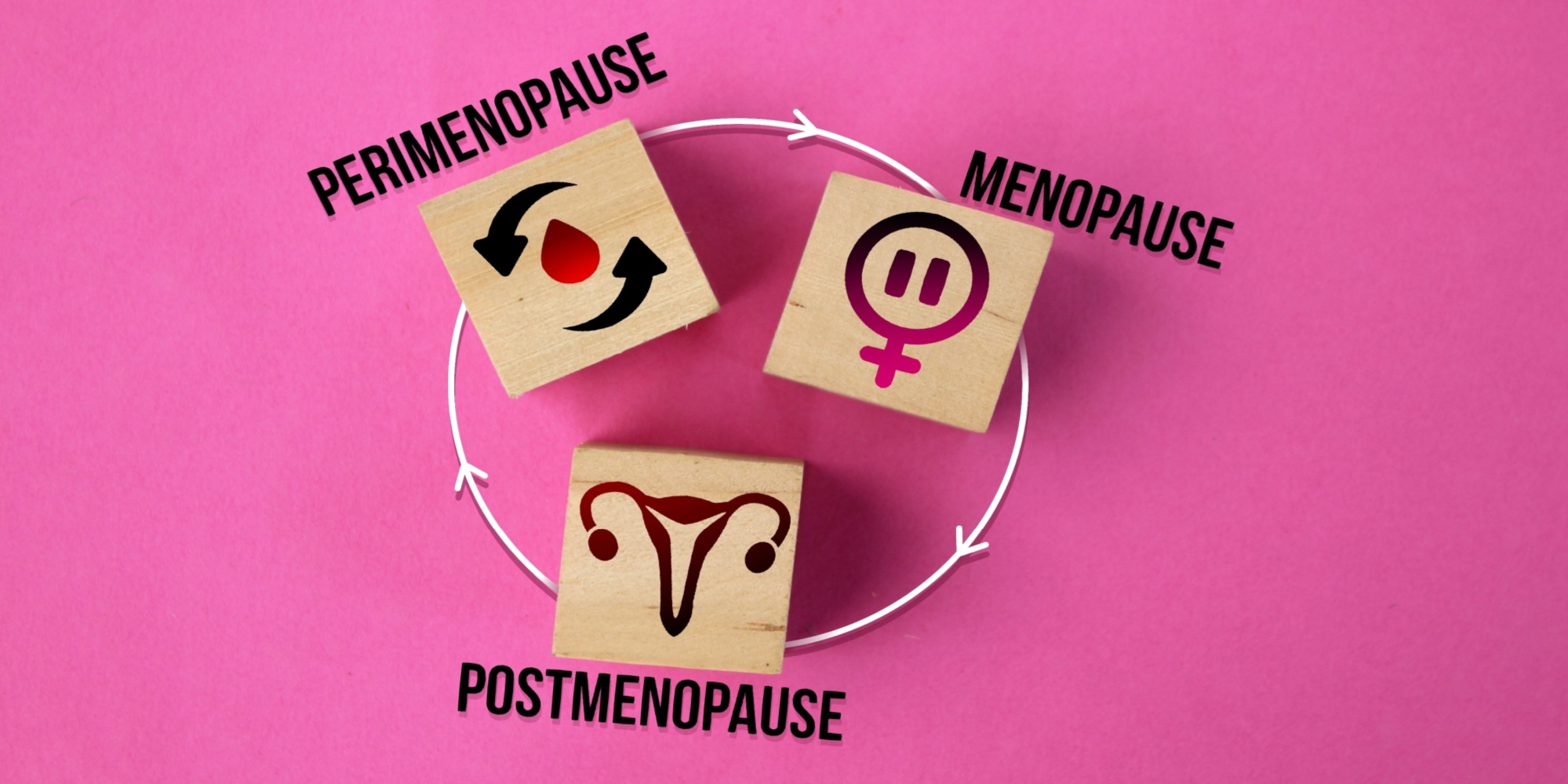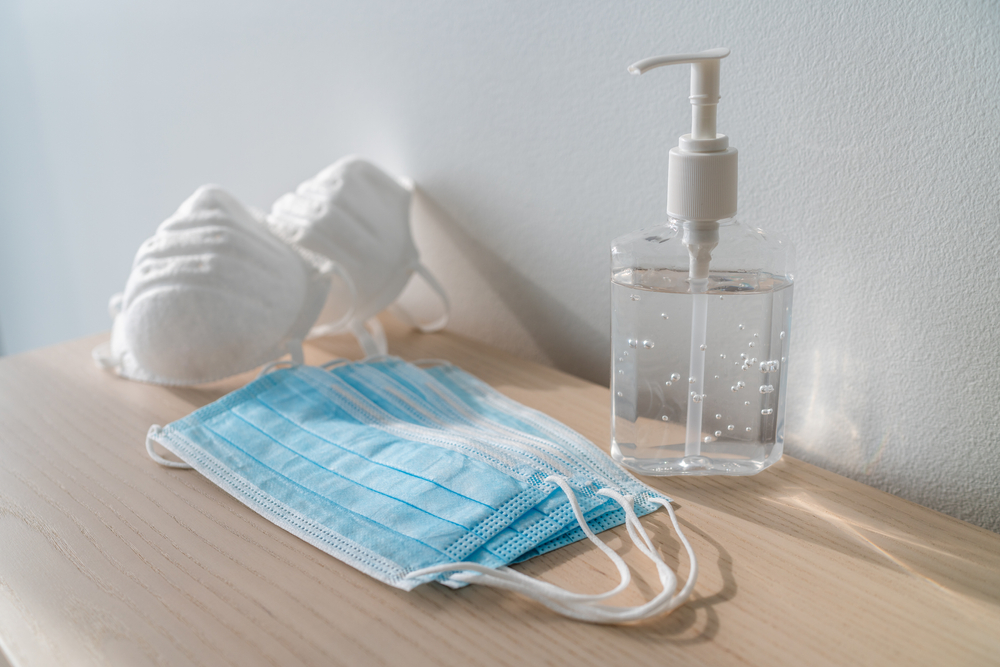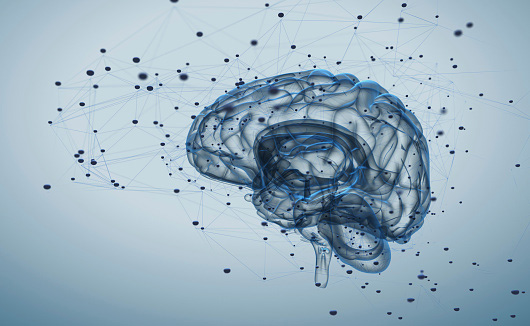
The unwanted body art – new research into varicose veins
March 1st, 2023Our bodies work hard against distance and gravity
The average human body contains more than 60,000 miles of blood vessels. Veins and blood vessels have to work hard against distance and gravity to circulate blood to the heart and carry oxygen and nutrients to areas of the body. In a healthy vein, the blood flows smoothly through the body and tiny valves open and close. If those valves weaken or are damaged, the blood flows back into the vein resulting in blood pooling and swelling.
The largest ever study into varicose veins
Last year, Oxford University did the largest-ever study into varicose veins. The researchers hoped to see if the need for surgery was linked to genetics. The inclusion of surgeons was a vital factor in the study.
Professor Dominic Furniss (DM MA MBBCh FRCS(Plast)) and Professor of Plastic and Reconstructive Surgery, commented “The inclusion of surgeons in the research team was vital as they enabled the identification of patients whose disease was more severe, and they had therefore had surgery. This led to the discovery of 49 genetic variants at 46 areas in the genome that predisposes to Varicose veins. This breakthrough greatly improves our team’s knowledge of the biology of varicose veins, and it will be the foundation of further research into the biology and potential new treatment.”
New treatments could reduce the risk of varicose veins returning after an operation, more often than not, varicose veins appear elsewhere after surgery when new faulty valves have developed due to the blood flow being diverted.
The full study can be read through the link below: this discusses genomes and replication in 810,625 people with varicose veins and association analysis.
https://www.nature.com/articles/s41467-022-30765-y
Chronic venous disease
Varicose veins, otherwise known as chronic venous disease, can become unsightly. Channels of red, blue and purple blood develop, twisting and bulging below or above the skin. The troublesome veins, mainly found in the legs and feet, can appear like a road map. They can go deeper than just under the skin and cause serious health problems, potentially leading to deep vein thrombosis, ulcerations or amputations.
The different causes of varicose veins
Varicose veins can be hereditary. They can be caused by a valve and vein malformation from birth meaning children can have varicose veins too.
Sometimes, a valve can get too wide for the vein due to being overweight, pregnant or damage from a leg injury, surgery or previous blood clots. Other factors can be medical conditions, hormones, high blood pressure, too much sitting or standing, a lack of exercise or smoking. The damaged veins can result in tiredness, heaviness, numbness, itching or burning. They can lead to cramping and smaller, spindly deep red spider veins forming. Things that increase your chance of getting varicose veins are genetics, ageing, being female, being overweight and doing a job that involves standing for long periods.
Diagnosis and treatments
To diagnose varicose veins, a doctor would need to know any symptoms and do a physical examination, looking for swelling or prominent veins. An ultrasound scan can detect blood clots or other other areas of concern.
Self-care options include wearing compression tights or stockings, exercising and raising the legs when sitting.
Medical interventions could involve the following:
- Sclerotherapy – the varicose veins are injected with a solution or foam that scars and closes the veins.
- Laser treatment – laser treatment sends a strong burst of light onto the vein, which makes the vein slowly fade and disappear.
- A catheter procedure using radiofrequency or laser energy – a catheter is heated up and inserted into an enlarged vein. The heat causes it to seal shut.
- High ligation and vein stripping – the vein is tied off before it joins a deep vein, and the vein is removed through small cuts.
- Ambulatory phlebectomy – smaller varicose veins are removed through a series of tiny skin punctures.
Products worth mentioning:
Nature’s Marvels™ Blood Vessel Bioregulator – this is a natural bioregulator that is designed to normalise how the blood cells in the body function. They have a twofold purpose; they regulate the metabolic processes that take place within the blood vessels and also improve the trophism of the vascular cell walls.
They also regulate the blood content of lipoproteins and cholesterol by normalizing the morphological and functional changes in the vascular walls. This works to decrease the risk of vascular issues such as heart conditions.
NitricPro™ is a Nitric Oxide booster which has been proven to enhance heart blood flow and improve blood circulation, which can benefit you in numerous ways.
NitricPro™ benefits include:
- Lowering and normalizing high blood pressure conditions.
- Softening arteries and reducing the risk of a cardiovascular event.
- Lowering serum levels of cholesterol and preventing bad cholesterol.
- Improving low blood flow by acting as an anticoagulant and helping to protect against stroke.
- Reducing the risk of deep vein thrombosis (DVT), so reducing the health risks associated with flying.
NitricPro™ available here: https://profound-health.com/product/nitric-pro/
References








